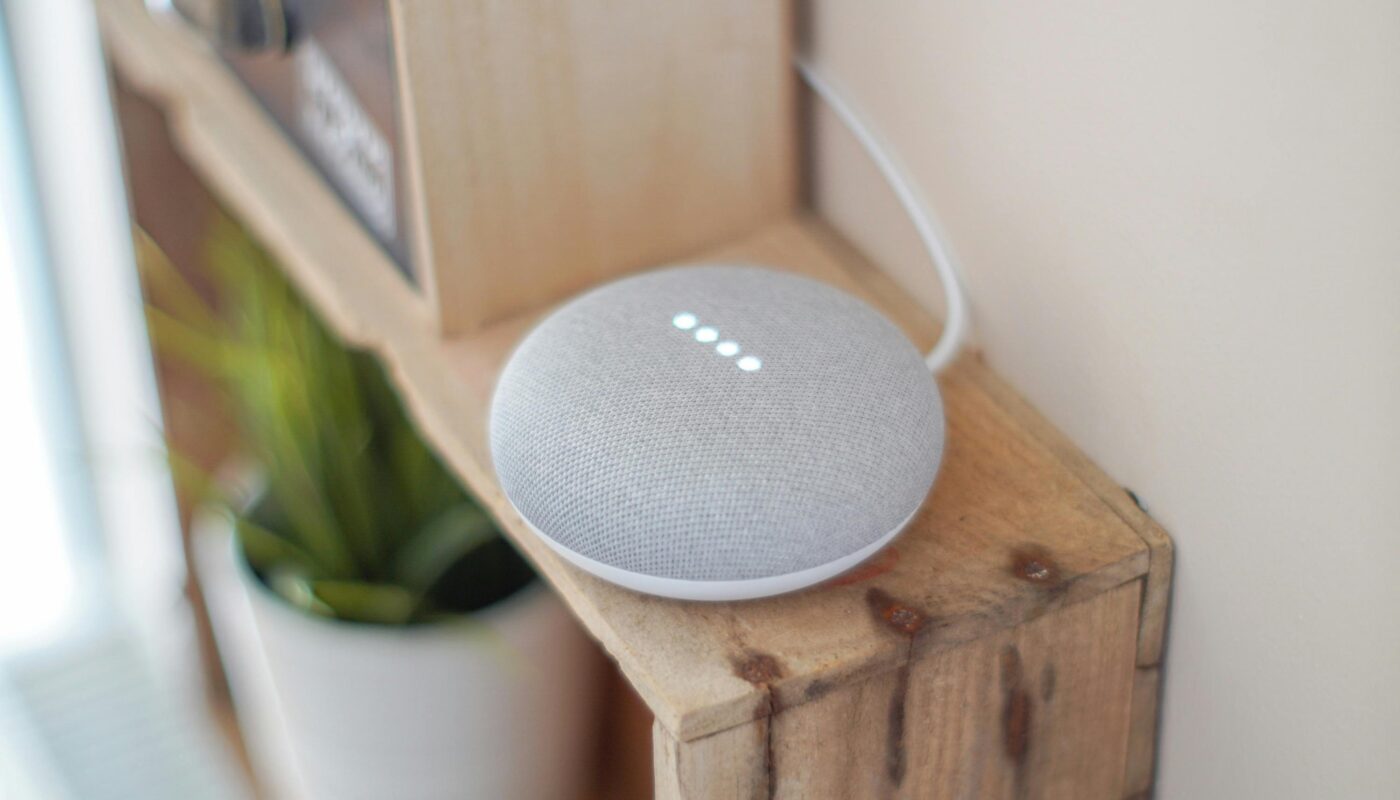Smart homes are no longer a futuristic concept found only in science fiction. With rapid advancements in technology, the smart home revolution is here, transforming how we interact with our living spaces. From voice-activated assistants to automated lighting and security systems, smart home technology offers unprecedented convenience, efficiency, and security. This blog post explores the benefits of smart homes, the challenges they present, and what the future holds for home automation.
Benefits of Smart Homes
1. Convenience and Comfort:
Smart home technology makes everyday tasks easier and more convenient. With devices interconnected through the Internet of Things (IoT), homeowners can control various aspects of their home environment with a single app or voice command. For example:
- Voice Assistants: Devices like Amazon Echo and Google Home allow users to control smart home devices, play music, set reminders, and access information using simple voice commands.
- Smart Lighting: Automated lighting systems can be programmed to turn on or off at specific times or adjusted remotely to create the desired ambiance.
2. Energy Efficiency:
Smart homes contribute to energy conservation by optimizing the use of electricity, heating, and cooling systems. This not only reduces environmental impact but also lowers utility bills. Examples include:
- Smart Thermostats: Devices like Nest and Ecobee learn users’ schedules and preferences to optimize heating and cooling, ensuring energy is not wasted when the home is unoccupied.
- Smart Plugs and Switches: These devices can turn off electronics and appliances when not in use, preventing unnecessary energy consumption.
3. Enhanced Security:
Home security is significantly improved with smart technology. Smart security systems offer real-time monitoring and control, providing peace of mind to homeowners. Features include:
- Smart Cameras and Doorbells: Devices like Ring and Arlo allow users to monitor their homes remotely, receive alerts for suspicious activity, and communicate with visitors through their smartphones.
- Smart Locks: These enable homeowners to lock or unlock doors remotely, grant temporary access to guests or service providers, and track entry logs.
4. Health and Wellness:
Smart home technology can also enhance health and wellness by monitoring indoor air quality, automating cleaning routines, and providing reminders for medication or exercise. Examples include:
- Air Quality Monitors: Devices like Awair and Foobot track pollutants and humidity levels, providing alerts and recommendations to improve air quality.
- Robotic Cleaners: Robots like Roomba and Neato automate vacuuming and mopping, ensuring a clean home with minimal effort.
Challenges of Smart Homes
1. Privacy Concerns:
One of the primary concerns with smart home technology is privacy. The collection and storage of data by smart devices raise questions about how this information is used and who has access to it. Concerns include:
- Data Security: The potential for data breaches or hacking of smart devices poses a significant risk to personal information.
- Surveillance: The continuous monitoring by smart cameras and devices may lead to a feeling of being constantly watched, impacting personal privacy.
2. Cost:
While smart home technology can lead to long-term savings, the initial investment can be high. The cost of devices, installation, and potential upgrades may be prohibitive for some homeowners. For instance:
- High-End Devices: Premium smart home products can be expensive, making it challenging for budget-conscious consumers to adopt this technology.
- Maintenance and Upgrades: Keeping smart home systems up-to-date and maintaining them can add to the overall cost.
3. Compatibility and Complexity:
The integration of different smart devices from various manufacturers can be complex, leading to compatibility issues. Challenges include:
- Interoperability: Not all smart devices work seamlessly with each other, requiring users to manage multiple apps and systems.
- Technical Knowledge: Setting up and managing a smart home system can be daunting for those who are not tech-savvy, potentially limiting accessibility.
4. Reliability:
Smart home technology relies heavily on internet connectivity. Issues such as network outages or device malfunctions can disrupt the functionality of smart home systems. Examples include:
- Internet Dependence: A loss of internet connection can render smart devices inoperative, affecting home security and convenience.
- Device Failures: Technical glitches or hardware failures can lead to frustration and require professional assistance to resolve.
The Future of Smart Homes
The future of smart homes looks promising, with continuous advancements in technology expected to address current challenges and enhance functionality. Key trends and innovations include:
1. Integration with Artificial Intelligence (AI):
AI will play a significant role in the evolution of smart homes, enabling more intuitive and responsive systems. Future developments may include:
- Predictive Automation: AI-powered systems can learn user preferences and behaviors to anticipate needs, such as adjusting lighting and temperature based on the time of day or occupancy.
- Enhanced Voice Assistants: Improved natural language processing will allow voice assistants to understand and respond to complex commands more accurately.
2. Improved Interoperability:
Efforts to standardize smart home technology will lead to better compatibility between devices from different manufacturers. Initiatives such as Project CHIP (Connected Home over IP) aim to create a unified standard for smart home devices, simplifying integration and management.
3. Focus on Sustainability:
Future smart home technology will emphasize sustainability, with innovations designed to reduce environmental impact. Examples include:
- Smart Grid Integration: Homes will be able to communicate with smart grids to optimize energy use and incorporate renewable energy sources.
- Water Management Systems: Smart irrigation and water monitoring systems will help conserve water and manage consumption more efficiently.
4. Enhanced Security Measures:
Advancements in cybersecurity will address privacy and security concerns associated with smart homes. Future developments may include:
- Biometric Authentication: Enhanced security protocols, such as facial recognition and fingerprint scanning, will protect access to smart home systems.
- Encrypted Communication: Improved encryption standards will safeguard data transmission between smart devices and cloud services.
5. Aging in Place:
Smart home technology will increasingly support aging in place, allowing seniors to live independently and safely in their homes. Innovations in this area may include:
- Health Monitoring: Wearable devices and smart sensors will monitor vital signs and detect falls, alerting caregivers or emergency services if needed.
- Assistive Technology: Smart home systems will integrate with assistive devices to support mobility, medication management, and daily activities for seniors.
The rise of smart homes represents a significant leap forward in how we interact with our living spaces, offering numerous benefits in terms of convenience, efficiency, security, and health. However, it also presents challenges related to privacy, cost, compatibility, and reliability. As technology continues to advance, we can expect to see improvements that address these challenges and further enhance the capabilities of smart homes. The future of home automation is bright, promising a more connected, sustainable, and supportive living environment for all.




